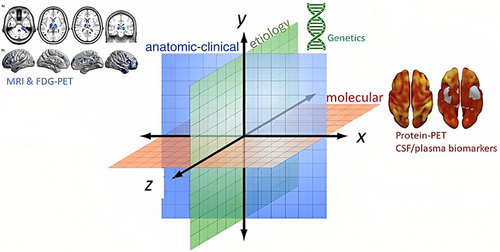Perrault syndrome is a rare autosomal recessive disorder that is characterized by the association of sensorineural hearing impairment and ovarian dysgenesis in females, whereas males have only hearing impairment. In some cases, patients present with a diversity of neurological signs. To date, mutations in six genes are known to cause Perrault syndrome, but they do not explain all clinically-diagnosed cases. In addition, the number of reported cases and the spectra of mutations are still small to establish conclusive genotype–phenotype correlations.
Affected siblings from family SH19, who presented with features that were suggestive of Perrault syndrome, were subjected to audiological, neurological and gynecological examination. The genetic study included genotyping and haplotype analysis for microsatellite markers close to the genes involved in Perrault syndrome, whole-exome sequencing, and Sanger sequencing of the coding region of the TWNK gene.
Three siblings from family SH19 shared similar clinical features: childhood-onset bilateral sensorineural hearing impairment, which progressed to profound deafness in the second decade of life; neurological signs (spinocerebellar ataxia, polyneuropathy), with onset in the fourth decade of life in the two females and at age 20 years in the male; gonadal dysfunction with early cessation of menses in the two females. The genetic study revealed two compound heterozygous pathogenic mutations in the TWNK gene in the three affected subjects: c.85C>T (p.Arg29*), previously reported in a case of hepatocerebral syndrome; and a novel missense mutation, c.1886C>T (p.Ser629Phe). Mutations segregated in the family according to an autosomal recessive inheritance pattern.
Our results further illustrate the utility of genetic testing as a tool to confirm a tentative clinical diagnosis of Perrault syndrome. Studies on genotype–phenotype correlation from the hitherto reported cases indicate that patients with Perrault syndrome caused by TWNK mutations will manifest neurological signs in adulthood. Molecular and clinical characterization of novel cases of recessive disorders caused by TWNK mutations is strongly needed to get further insight into the genotype–phenotype correlations of a phenotypic continuum encompassing Perrault syndrome, infantile-onset spinocerebellar ataxia, and hepatocerebral syndrome.
Reference: Journal of Translational Medicine volume 17, Article number: 290 (2019) Full text


